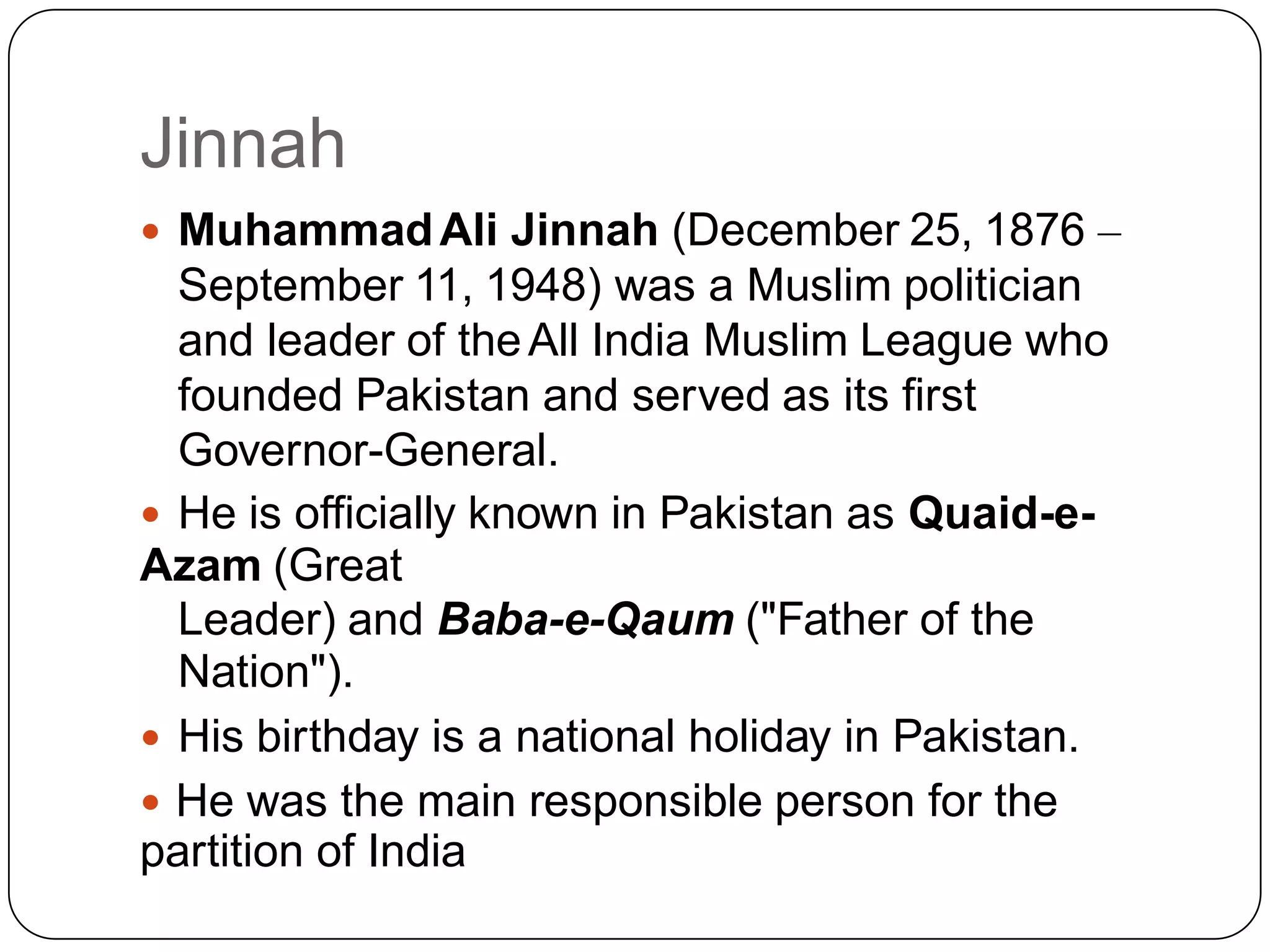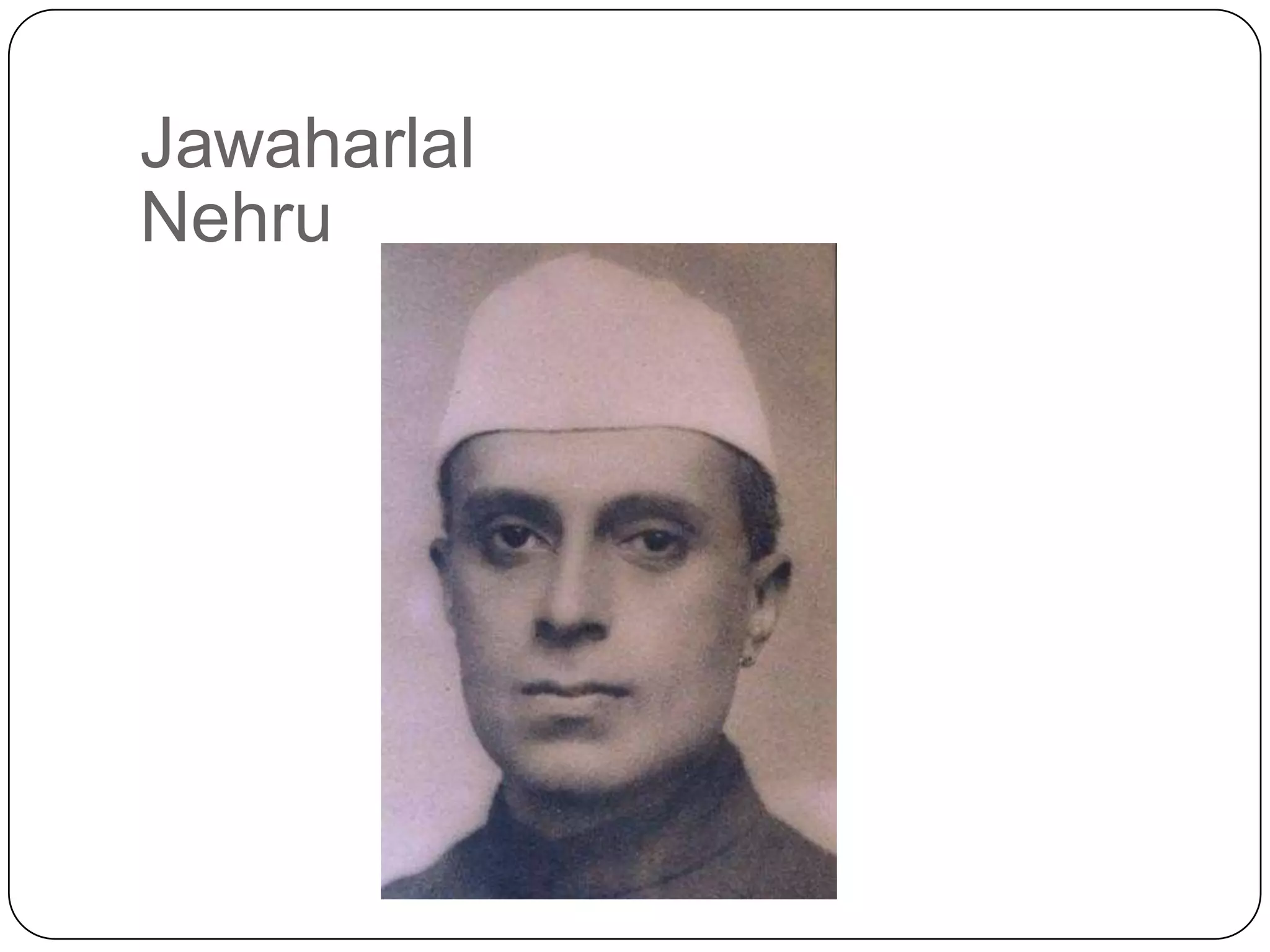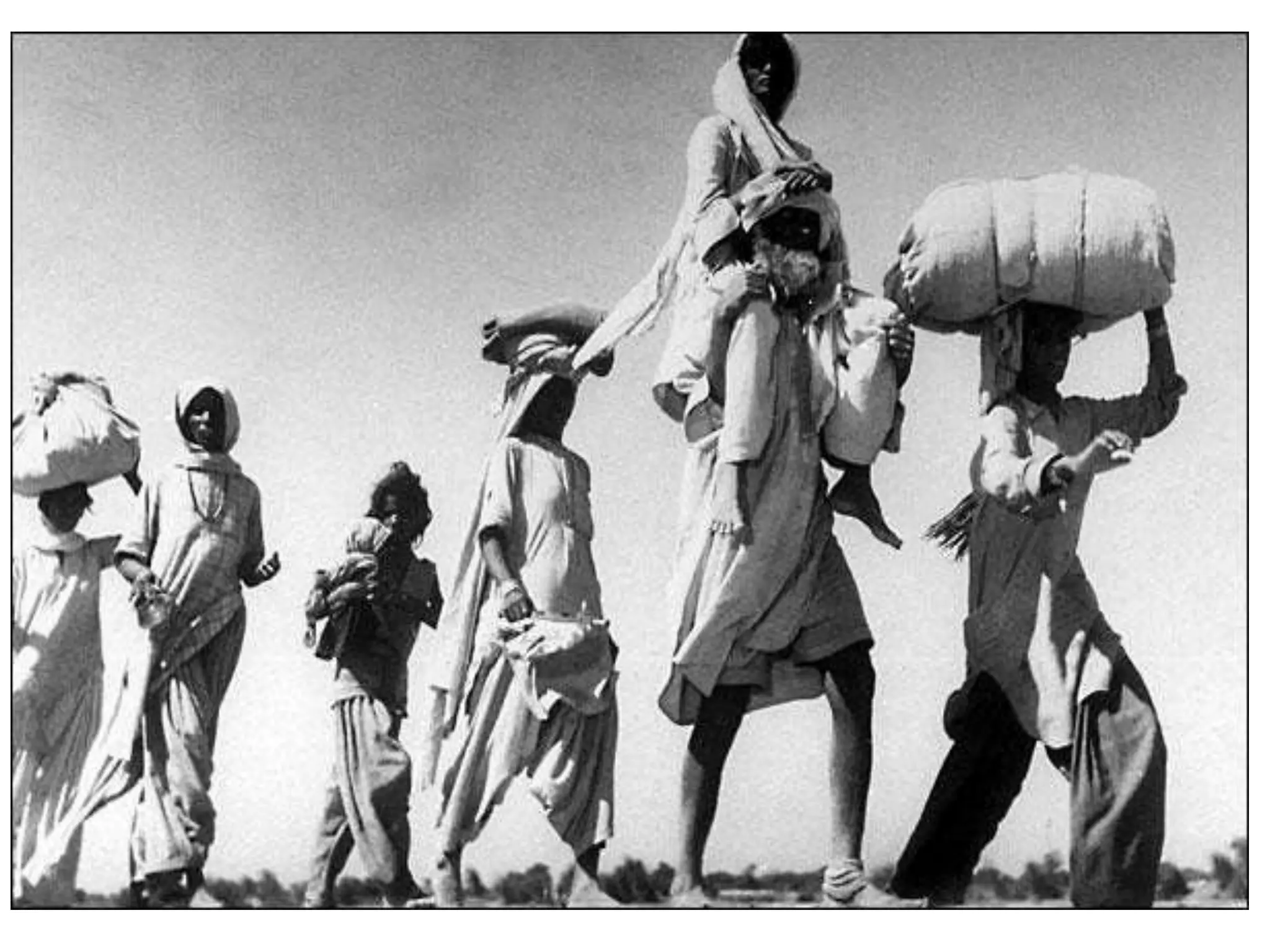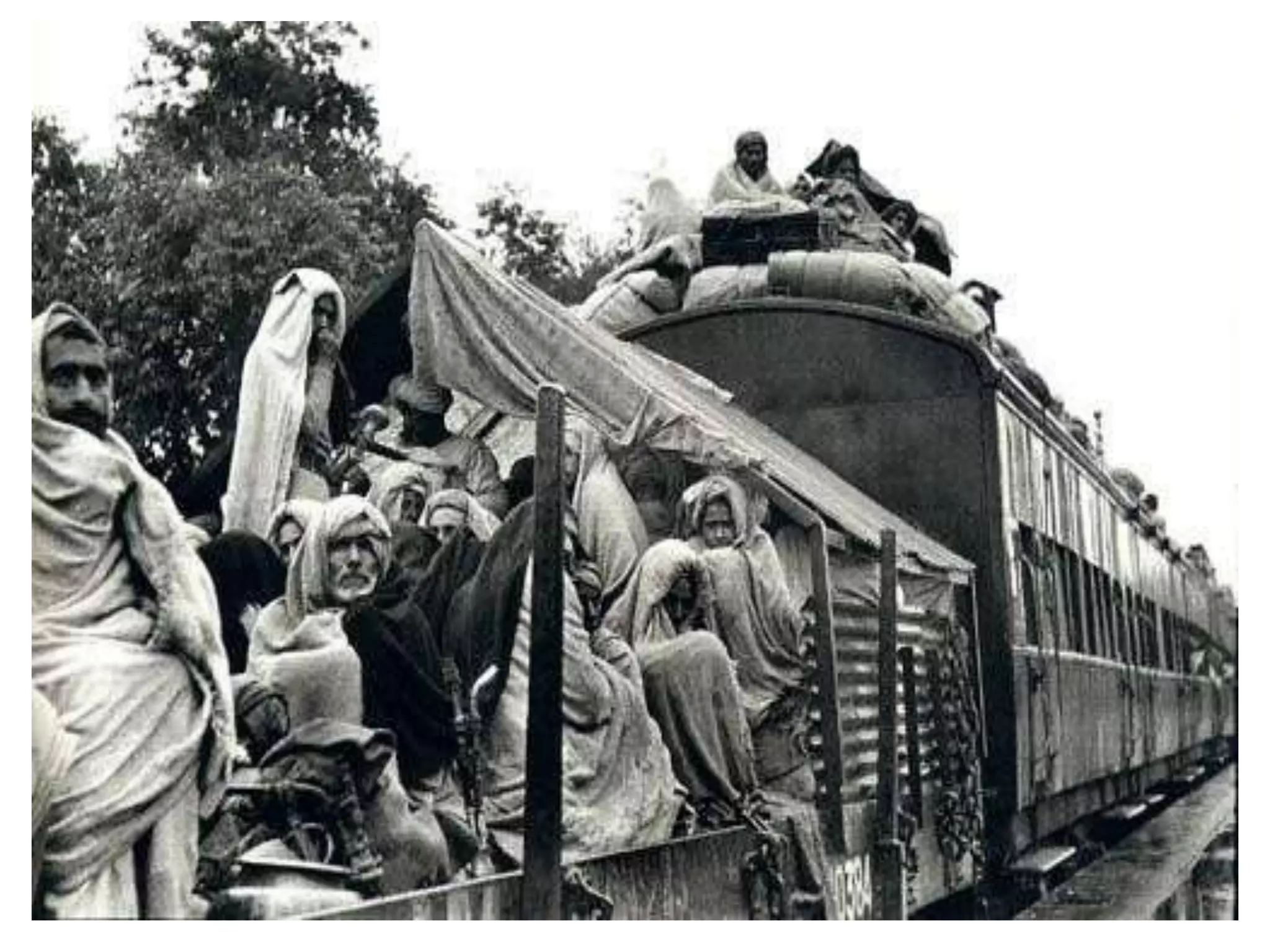The Partition of India led to the creation of two sovereign states, India and Pakistan, on August 14-15, 1947. The division was made along religious lines, splitting the provinces of Bengal and Punjab between the two new countries. This massive partition displaced up to 12 million people and led to violence between Hindus, Muslims and Sikhs, resulting in up to 1 million deaths. The boundary line between India and Pakistan, known as the Radcliffe Line, was hastily drawn by a commission led by Cyril Radcliffe and was finalized just days before the two countries gained independence.























































